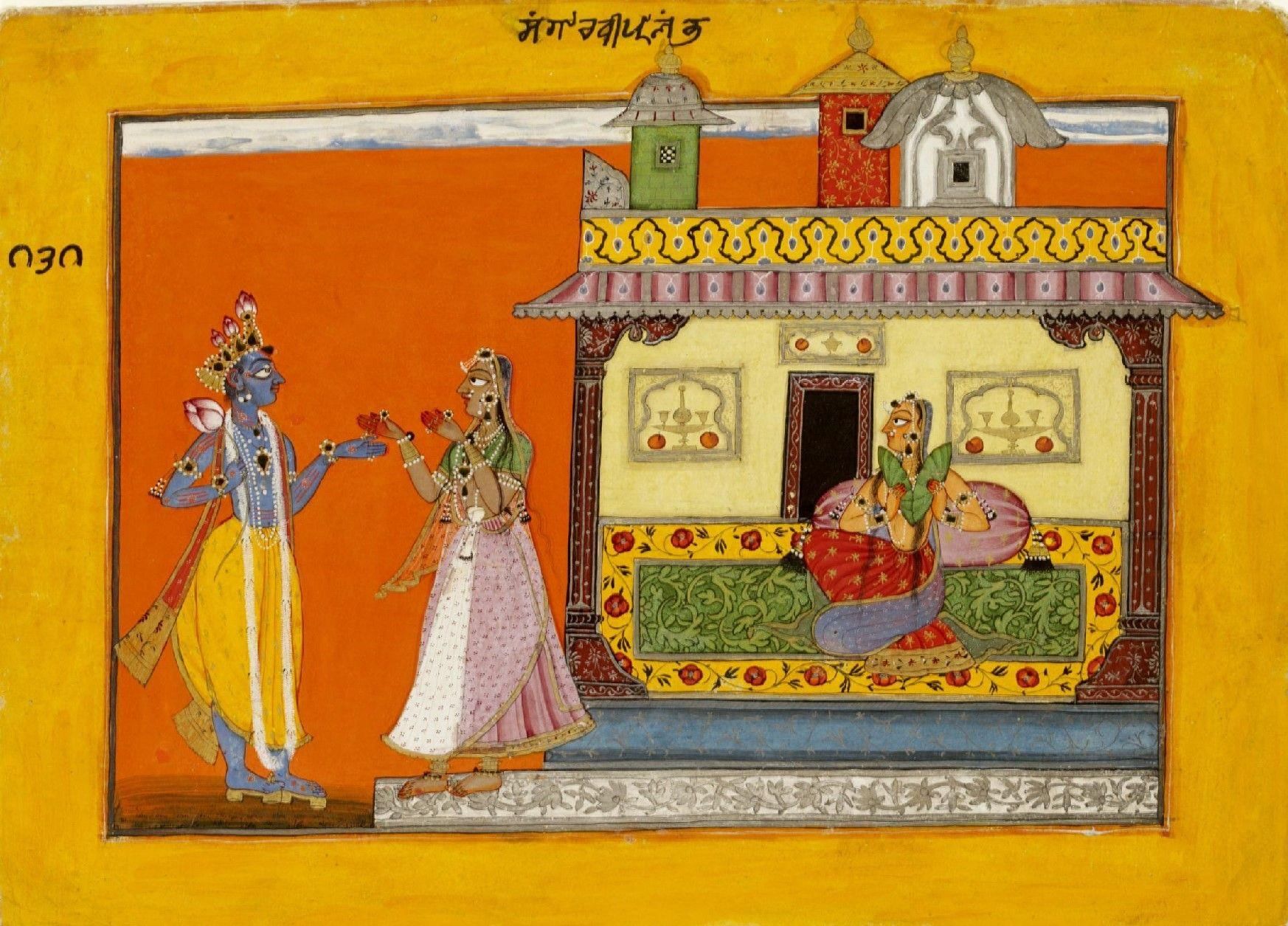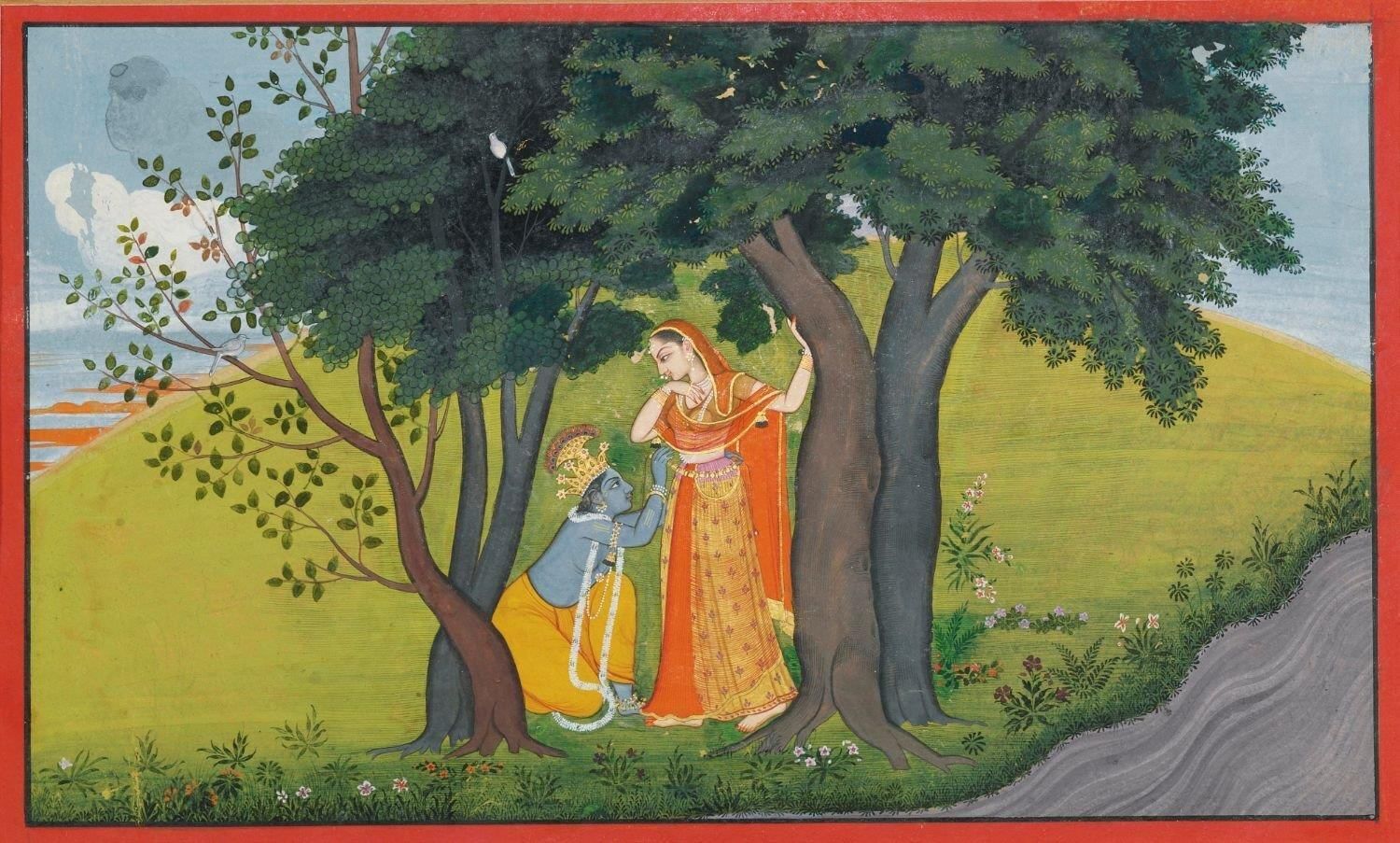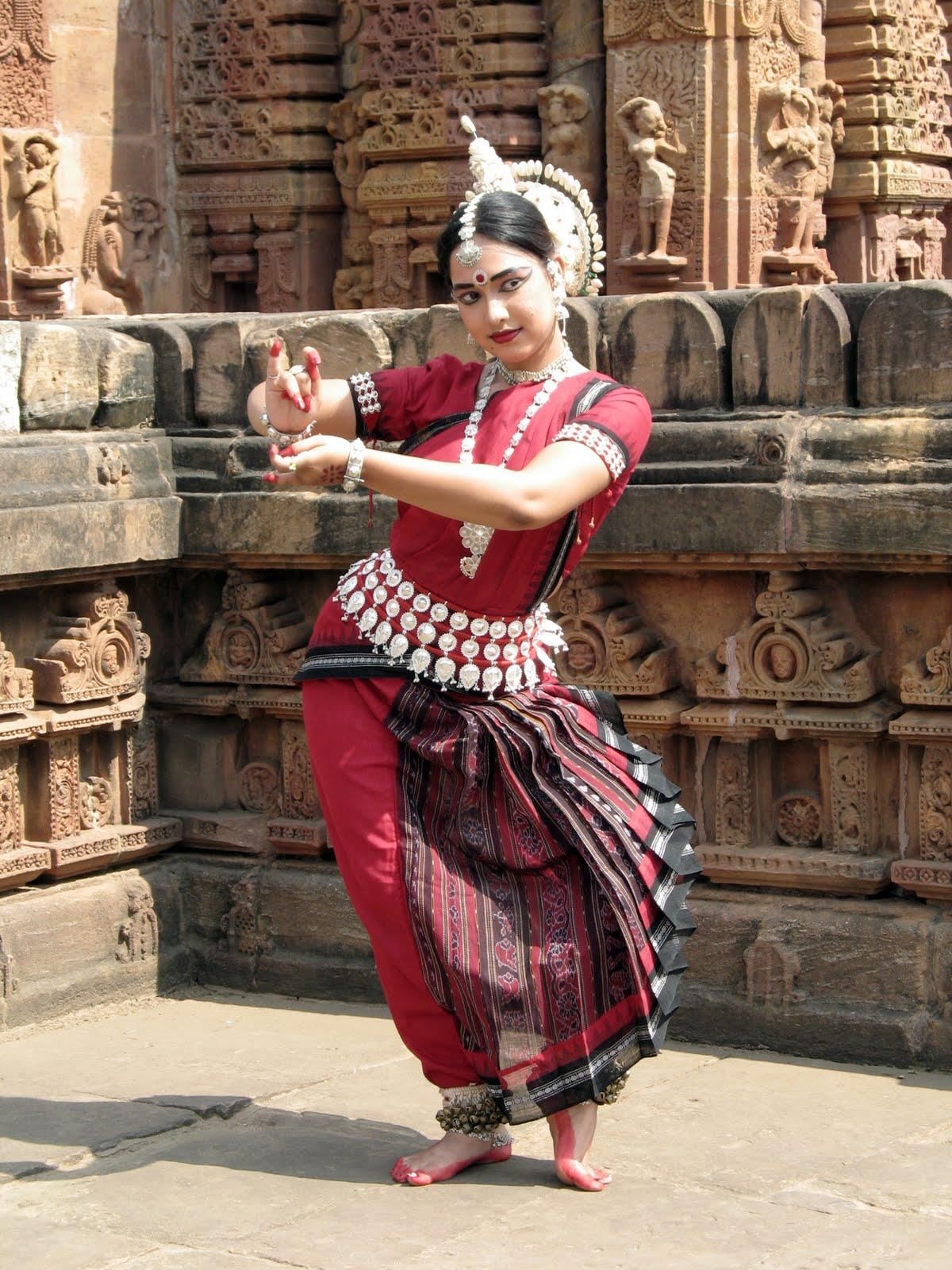Class 7 History Chapter 7 Question Answers - The Making of Regional Cultures
Q1: What do the songs of Maynamati and Gopichandra together form?
Ans: They form a part of Nath literature.
Q2: Who established the kingdom at Mahodayapuram?
Ans: The Cheras established the kingdom at Mahodayapuram.
Q3: When was the Lilatilakam written?
Ans: The Lilatilakam was written in the 14th century.
Q4: What subjects does the Lilatilakam deal with?
Ans: It deals with grammar and poetics.
Q5: Who wrote the book Rasamanjari?
Ans: Rasamanjari was written by Bhanudatta.
Q6: Which caste was traditionally associated with temple performances in northern India?
Ans: The Kathak caste was traditionally associated with temple performances in northern India.
Q7: Who was the last Nawab of Awadh?
Ans: Wajid Ali Shah was the last Nawab of Awadh.
Q8: Were the Brahmins of Bengal allowed to eat fish?
Ans: Yes, the Brahmins of Bengal were allowed to eat fish.
Q9: Was the term Ras-lila used to describe folk dance?
Ans: No, Ras-lila refers to devotional dance-drama, not folk dance.
Q10: Which painting style developed in the 17th century near the Himalayan foothills?
Ans: The Basohli painting style developed in the 17th century.
Q11: The earliest literary works in Malayalam closely resemble which language?
Ans: They closely resemble Sanskrit.
Q12: In which state is the Jagannatha temple located?
Ans: The Jagannatha temple is located in Odisha.
Q13: What is the Jagannatha temple in Puri known for today?
Ans: It is famous for its annual Rathayatra festival.
Q14: What is a unique feature of Kangra painting?
Ans: Kangra paintings are known for their lyrical and delicate themes.
Q15: Who were the Naths?
Ans: The Naths were a group of ascetic saints and yogis.
Q16: Who kept official records in the regional language?
Ans: The Chera kingdom kept official records in the regional language.
Q17: What inspired the themes of Kangra paintings?
Ans: They were inspired by the Vaishnavite tradition.
Q18: What was the official language of Bengal Suba during Mughal rule?
Ans: Persian was the official language of Bengal Suba.
Q19: Who referred to Rajasthan as Rajputana?
Ans: The British referred to Rajasthan as Rajputana.
Q20: Was the Jagannatha temple dedicated to Vishnu?
Ans: Yes, the temple is dedicated to Lord Vishnu.
Q21: Who performed Jauhar and why?
Ans: Royal women performed Jauhar to avoid dishonour after defeat.
Q22: Which classical dance form is popular in Odisha?
Ans: Odissi is the classical dance form of Odisha.
Q23: Who declared himself as the “deputy of God” and dedicated his kingdom to the deity in 1230?
Ans: Anangabhima III declared himself the “deputy of God.”
Q24: Who are considered contributors to Rajasthan’s distinctive culture?
Ans: The Rajputs are contributors to Rajasthan’s culture.
Q25: What is the Persian term for a spiritual guide?
Ans: The term is pir.
Q26: Which cultural practice was disfavored by British administrators?
Ans: The Kathak dance was disfavored by the British.
Q27: What was the Mughal capital of Bengal?
Ans: Dhaka was the Mughal capital of Bengal.
Q28: Who made the wooden image of Lord Jagannath, according to legend?
Ans: It was made by tribal people.
Q29: When did the temple theatre of Kerala develop?
Ans: It developed in the 9th century A.D.
Q30: Where is Malayalam mostly spoken?
Ans: Malayalam is mostly spoken in Kerala.
Q31: What is the meaning of the word 'Mangalakavyas' in Bengali literature?
Ans: 'Mangalakavyas' means auspicious poems.
Q32: What is the folk play that enacts the legends of Radha and Krishna?
Ans: Rasa lila enacts the legends of Radha and Krishna.
Q33: Which classical dance form is Kerala known for?
Ans: Kerala is known for Kathakali.
Q34: Who led the Vaishnava Bhakti movement in Bengal?
Ans: Chaitanyadeva led the movement.
Q35: In which language was the Brihaddharma Purana written?
Ans: It was written in Sanskrit.
|
63 videos|371 docs|46 tests
|
FAQs on Class 7 History Chapter 7 Question Answers - The Making of Regional Cultures
| 1. What is the significance of regional cultures in shaping a society? |  |
| 2. How do regional cultures develop and evolve over time? |  |
| 3. Can regional cultures coexist with a national or global culture? |  |
| 4. How do regional cultures contribute to tourism and local economies? |  |
| 5. Can regional cultures influence political and social movements? |  |

















